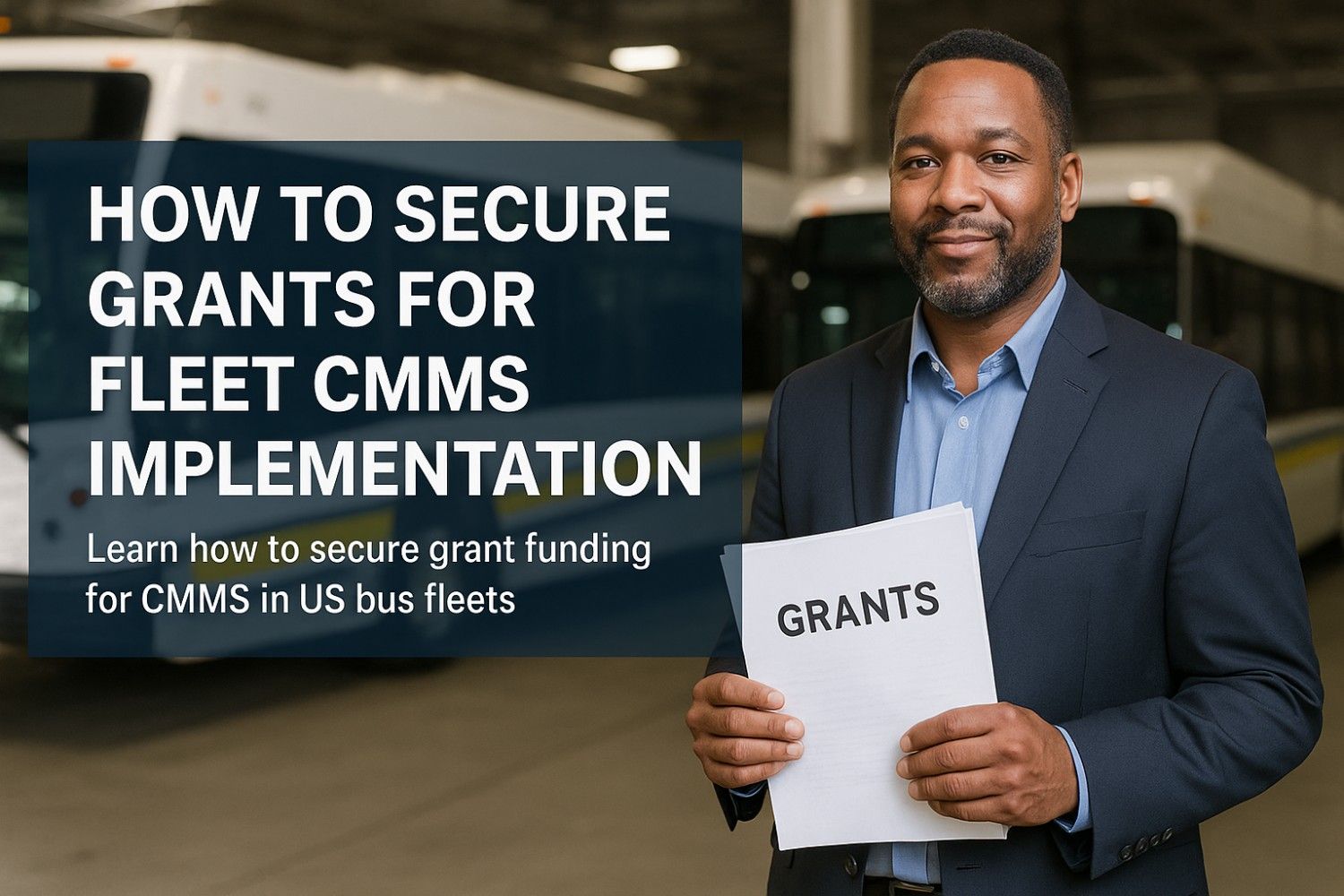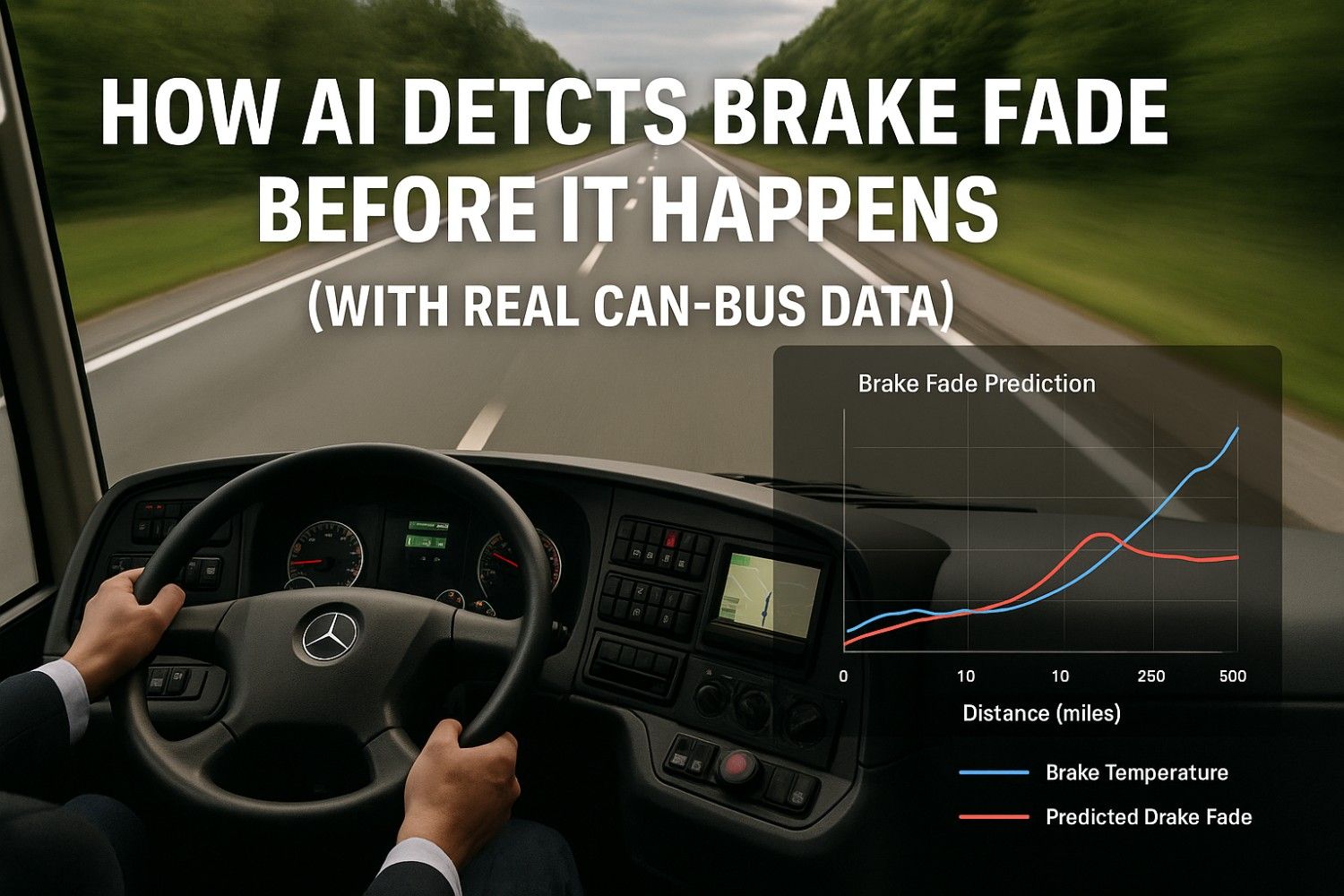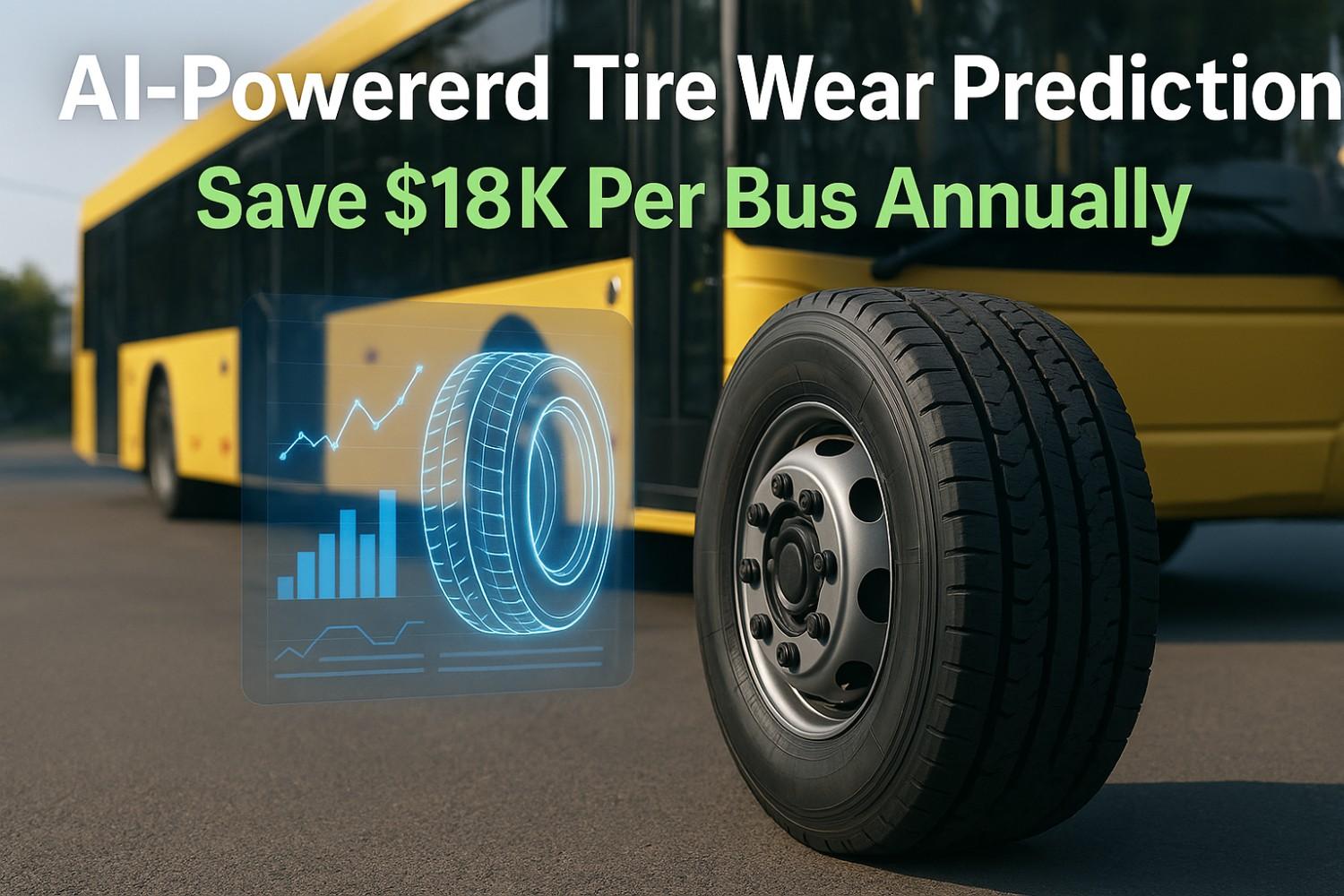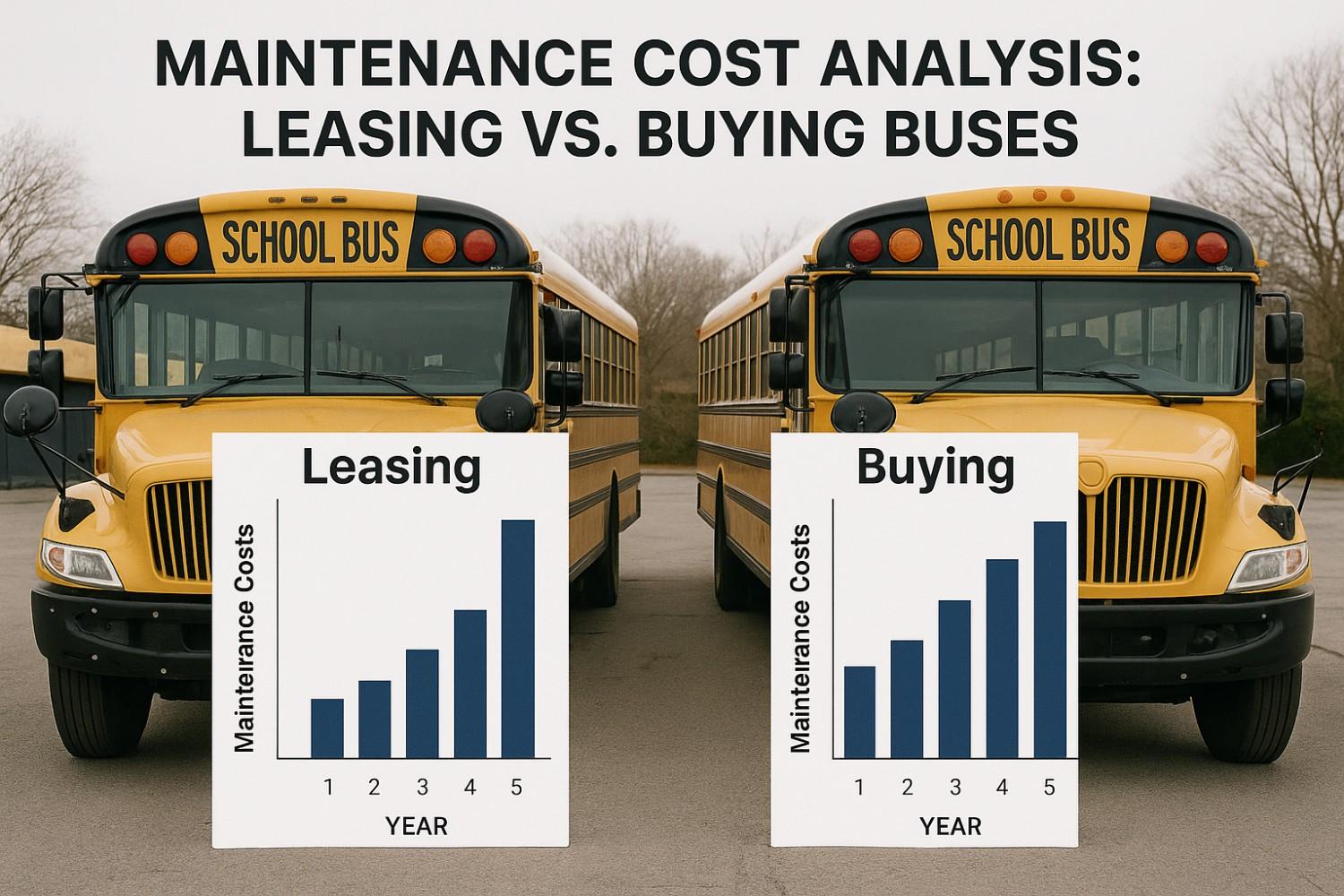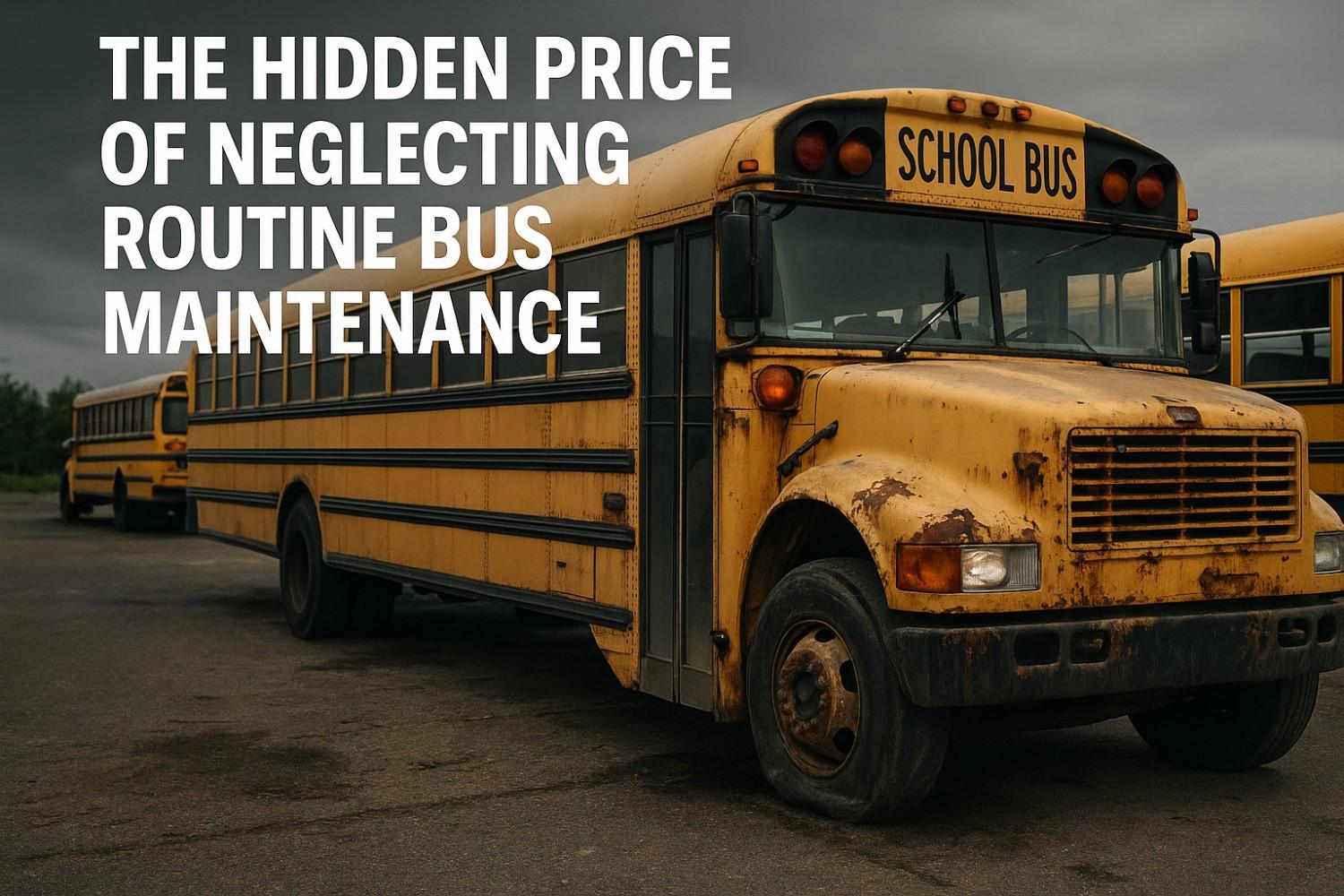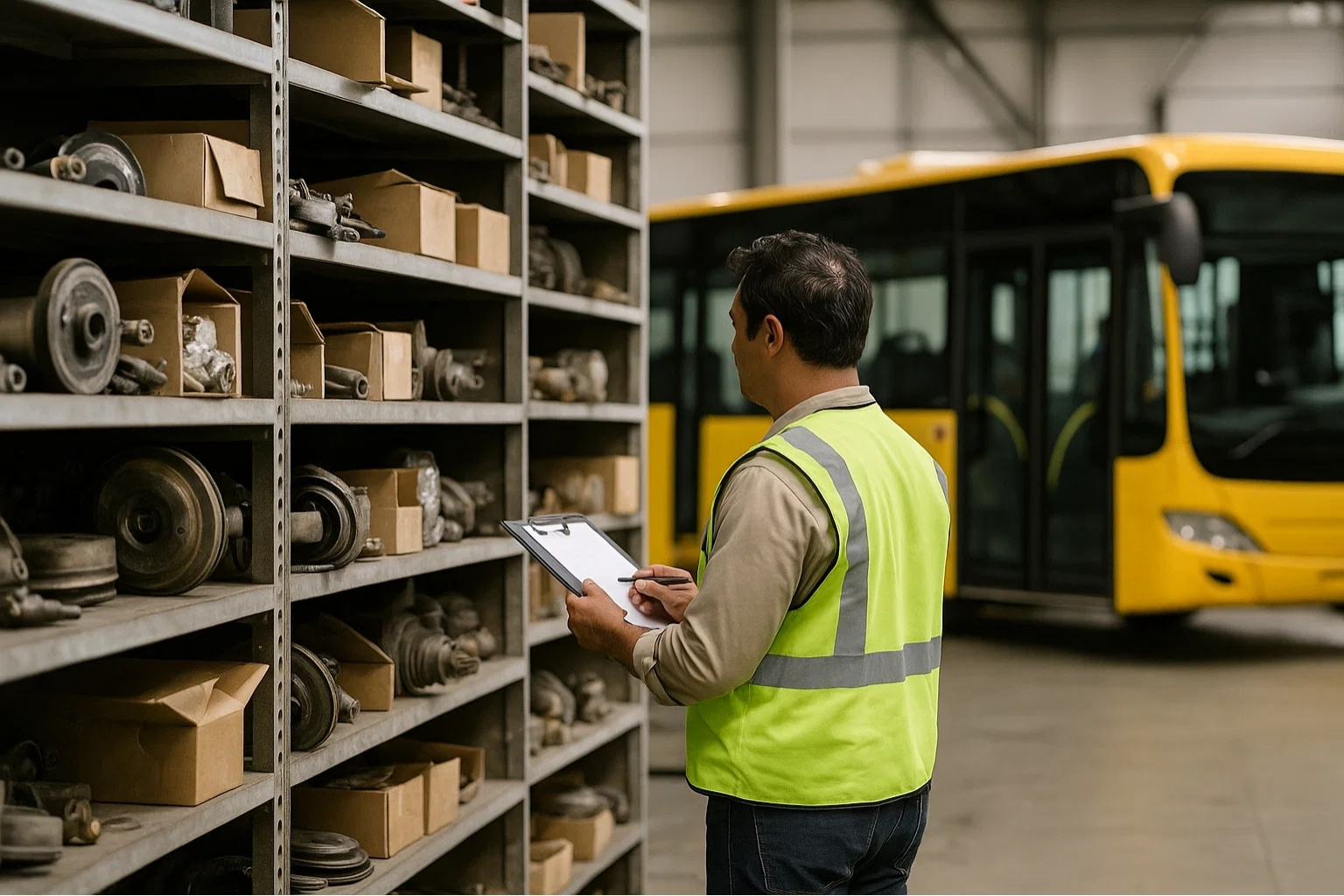If you're managing a bus fleet in the United States and looking to modernize your maintenance operations with a Computerized Maintenance Management System (CMMS), you're probably wondering how to fund this critical upgrade. Here's the good news: you don't necessarily have to pay for it out of your operating budget. Millions of dollars in grant funding are available specifically for fleet technology improvements, and many fleet managers don't realize they're eligible.
For US manufacturing professionals overseeing transportation operations, securing grant funding for CMMS implementation can transform your maintenance approach without straining your capital budget. From federal transportation programs to state-level green initiatives and local infrastructure grants, there's a diverse landscape of funding opportunities designed to help fleets modernize their operations, improve safety, and reduce environmental impact.
The challenge isn't finding grant money—it's knowing where to look, understanding eligibility requirements, and crafting compelling applications that demonstrate how CMMS technology will deliver measurable improvements to your fleet operations. This guide will walk you through the entire process, from identifying the right grants to submitting winning applications that get funded.
Understanding Available Grant Programs for Fleet Technology
The first step in securing grant funding is understanding the landscape of available programs. Federal, state, and local governments offer multiple grant opportunities specifically designed to help fleet operators modernize their maintenance and management systems. These programs recognize that improved fleet management technology directly contributes to safety, efficiency, and environmental goals.
At the federal level, the Department of Transportation offers several grant programs that can fund CMMS implementation. The Federal Transit Administration's (FTA) Bus and Bus Facilities Program provides capital funding for technology improvements, including maintenance management systems. The EPA's Diesel Emissions Reduction Act (DERA) grants can cover technology that helps reduce emissions through better maintenance practices. School districts can tap into the EPA's Clean School Bus Program, which allocated $5 billion for fleet improvements, including maintenance technology that supports cleaner operations.
State-level opportunities are equally promising. Many states operate their own clean transportation programs, energy efficiency initiatives, and infrastructure modernization grants that specifically include fleet management technology. California's Hybrid and Zero-Emission Truck and Bus Voucher Incentive Project (HVIP), New York's Truck Voucher Program, and Texas Emissions Reduction Plan (TERP) are just a few examples of state programs that can fund CMMS systems as part of broader fleet improvement projects.
Don't overlook local and regional funding sources. Metropolitan planning organizations, regional air quality districts, and municipal sustainability programs often have grant opportunities specifically for fleet operators. These local grants typically have less competition and may be easier to secure than federal programs. Schedule a consultation to learn which grant programs your fleet qualifies for.
Determining Your Fleet's Grant Eligibility
Before investing time in grant applications, you need to understand what makes your fleet eligible for funding. Most grant programs have specific criteria based on fleet type, organization structure, service area, and intended use of funds. Understanding these requirements upfront will help you focus on opportunities where you have the strongest chance of success.
Public and nonprofit fleets generally have the widest access to grant funding. School districts, municipal transit agencies, government fleets, and nonprofit organizations operating transportation services are eligible for most federal and state programs. However, private sector fleets shouldn't assume they're automatically excluded—many programs include private fleets that provide public services or operate in designated air quality non-attainment areas.
Geographic location plays a significant role in eligibility. Fleets operating in EPA non-attainment areas (regions that don't meet federal air quality standards) often have access to additional grant programs focused on emission reduction. Urban areas with established transit systems may have different opportunities than rural regions, which often have their own dedicated funding programs.
Fleet size and composition matter too. Some grants target large operations with 50+ vehicles, while others specifically serve small to medium-sized fleets. The age and condition of your current fleet, your maintenance challenges, and your ability to demonstrate measurable improvements from CMMS implementation all factor into eligibility decisions. Modern CMMS platforms can help you gather the baseline data needed to demonstrate grant eligibility and projected improvements.
Building a Compelling Grant Application
Once you've identified suitable grant programs, the quality of your application determines whether you'll secure funding. Grant evaluators review dozens or hundreds of applications, and yours needs to stand out by clearly demonstrating need, feasibility, and impact. A well-structured application tells a compelling story about your current challenges and how CMMS technology will deliver measurable improvements.
Start by thoroughly documenting your current maintenance challenges. Use concrete data: how many breakdown incidents occurred last year, what they cost, how much unplanned downtime you experienced, and what your current maintenance expenditures are. Include specific examples of problems that CMMS will solve—missed scheduled maintenance, lack of comprehensive vehicle histories, compliance tracking difficulties, or inefficient work order management.
Your project description needs to be crystal clear about what you're implementing and why. Explain what CMMS technology does, which specific features address your documented challenges, and how the system will integrate with your current operations. Grant reviewers may not be fleet management experts, so avoid jargon and explain technical concepts in plain language that demonstrates you have a clear implementation plan.
The impact section is where you win or lose funding. Quantify expected outcomes: estimated reduction in emergency repairs, projected fuel savings from better preventive maintenance, expected increase in vehicle uptime, anticipated compliance improvements, and environmental benefits from optimized maintenance schedules. Use conservative estimates you can defend, and explain your methodology for calculating these projections. Request a demo to see how CMMS data can support your grant metrics.
Ready to modernize your fleet with grant funding? Our CMMS platform is specifically designed to meet grant requirements and deliver the measurable outcomes funders want to see. Get started with your implementation plan today.
Getting StartedBook a Demo
Crafting a Realistic Budget and Implementation Timeline
Grant applications require detailed budgets that account for all project costs. For CMMS implementation, this includes software licensing, hardware requirements, data migration, staff training, technical support, and ongoing maintenance. Grant reviewers scrutinize budgets for reasonableness and completeness, so every line item needs justification.
Break down your CMMS costs into clear categories. Software costs should include licensing fees for the number of users you need, any initial setup or configuration fees, and the subscription period covered by the grant. If cloud-based solutions require specific hardware (tablets for mechanics, mobile devices for drivers), include these costs with specific model numbers and quantities. Don't forget indirect costs like staff time for system implementation, training hours, and data entry for historical records.
Many grant programs allow cost-sharing or matching funds, where the applicant covers a portion of total costs. If your grant requires matching, clearly show which costs you're covering versus which the grant will fund. Some programs prefer higher match ratios from applicants, viewing it as stronger commitment to project success.
Your implementation timeline needs to be both ambitious and realistic. Outline key milestones: vendor selection and contract execution, system configuration and customization, data migration, staff training phases, pilot testing, full rollout, and evaluation periods. Most grants have specific timeframes for fund expenditure, so your timeline must align with these requirements. Build in contingency time for unexpected delays, but demonstrate you can complete implementation within the grant period. Modern CMMS solutions offer rapid deployment options that can help you meet tight grant timelines.
Demonstrating Sustainability and Long-Term Impact
Grant funders want to know their investment will create lasting change, not just a temporary improvement. Your application needs to clearly explain how CMMS benefits will continue long after grant funding ends. This sustainability component is often the differentiator between funded and rejected applications.
Address financial sustainability first. Show how CMMS will reduce operational costs through decreased emergency repairs, improved fuel efficiency, and extended vehicle life. Demonstrate that these savings will more than cover ongoing software subscription costs, making the system self-sustaining through operational efficiencies. If your grant covers initial implementation but not ongoing costs, explain exactly how you'll budget for continued use.
Organizational sustainability is equally important. Describe how you'll build internal capacity to maintain and optimize CMMS use over time. Detail your training approach, including initial training for current staff and plans for training new employees. Explain how the system's documentation and reporting capabilities will create institutional knowledge that persists even as personnel change.
Finally, discuss how you'll measure and report long-term outcomes. Many grants require periodic reporting after implementation. Outline the metrics you'll track (vehicle uptime, maintenance costs, compliance rates, emission reductions) and how CMMS will make this reporting straightforward. Grant funders appreciate applicants who view grants as partnerships and commit to sharing results. See how automated reporting makes grant compliance effortless.
Maximizing Your Chances of Grant Approval
Beyond the formal application requirements, several strategic approaches can significantly improve your chances of securing grant funding. These insights come from fleet managers who've successfully obtained millions in grant funding for technology improvements.
Start early and build relationships with grant administrators before submitting applications. Most grant programs have staff who answer questions and provide guidance. Use this resource—call with questions, request feedback on draft proposals, and ask about evaluation criteria. These conversations help you understand what funders really want and can prevent disqualifying mistakes.
Leverage partnerships and collaborations. Applications from consortiums or collaborative projects often receive preference because they demonstrate broader impact. If you're a school district, consider partnering with neighboring districts for a regional CMMS implementation. Transit agencies can partner with municipalities on broader fleet management initiatives. These partnerships show efficient use of grant funds and potential for wider adoption.
Include strong letters of support from key stakeholders. Letters from your fleet mechanics explaining current maintenance challenges, from administrators describing operational impacts, from community organizations highlighting service improvements, or from environmental groups supporting emission reduction efforts all strengthen your application. These letters prove broad support and demonstrate you've engaged stakeholders in your planning.
Don't be discouraged by rejection. Many successful grant recipients were initially rejected and reapplied with improved proposals. Grant reviewers often provide feedback on unsuccessful applications—use this guidance to strengthen future submissions. The learning process itself makes you better prepared for the next opportunity.
Securing grant funding for CMMS implementation isn't about luck—it's about strategy, preparation, and persistence. Millions of dollars are available specifically for fleet technology improvements, and fleet operators who take the time to identify appropriate programs, build compelling applications, and demonstrate clear benefits have excellent chances of securing funding.
For US manufacturing professionals managing bus fleets, grants represent an opportunity to implement technology that transforms maintenance operations without impacting your capital budget. Whether you're seeking federal transportation funding, state environmental grants, or local infrastructure programs, the key is approaching the process methodically: understand available programs, document your needs thoroughly, quantify expected benefits clearly, and demonstrate long-term sustainability. The fleet that makes this investment in the grant process reaps rewards far beyond the immediate funding—you'll build capabilities, relationships, and knowledge that benefit your operation for years to come.
Frequently Asked Questions
Q: What types of grants can fund CMMS implementation for bus fleets?
A: Multiple grant types can fund CMMS implementation, including Federal Transit Administration (FTA) Bus and Bus Facilities grants, EPA Diesel Emissions Reduction Act (DERA) funding, EPA Clean School Bus Program grants, state clean transportation initiatives, regional air quality improvement programs, and local infrastructure modernization grants. CMMS qualifies as eligible technology because it improves maintenance efficiency, supports emission reduction through optimized maintenance, and enhances safety compliance. Contact us to identify which grant programs best match your fleet's needs.
Q: How much grant funding is typically available for CMMS projects?
A: Grant amounts vary significantly by program and fleet size. Small to medium fleet CMMS implementations typically receive $15,000-$75,000 in grant funding, while larger regional or multi-district projects can secure $100,000-$500,000 or more. Federal programs often fund 80-100% of project costs, while state and local grants may require 20-50% matching funds. The EPA's Clean School Bus Program allocated $5 billion specifically for fleet improvements, with many successful applicants using portions of grants for CMMS technology alongside vehicle upgrades.
Q: What makes a grant application for CMMS implementation competitive?
A: Competitive applications clearly document current maintenance challenges with specific data, explain how CMMS will address these problems, quantify expected improvements with conservative estimates, demonstrate financial and organizational sustainability, include realistic budgets and timelines, and show strong stakeholder support. Applications stand out when they connect CMMS benefits to grant program priorities—whether that's emission reduction, safety improvement, cost efficiency, or service reliability. Using concrete metrics from your current operations and projecting measurable outcomes significantly strengthens applications.
Q: Can private bus fleets qualify for grant funding for CMMS?
A: Yes, though eligibility depends on the specific grant program and the nature of your operations. Private fleets providing public transportation services, operating in EPA non-attainment areas, or serving school districts through contracts often qualify for federal and state grant programs. Some grants specifically target public and nonprofit fleets, but many include private operators who can demonstrate public benefit. Private manufacturing facilities operating employee shuttle services may qualify for workforce development, air quality improvement, or regional transportation grants.
Q: How long does the grant application and approval process typically take?
A: Grant timelines vary by program, but most follow predictable patterns. Application development typically requires 4-8 weeks for gathering data, preparing budgets, and writing proposals. After submission, review periods range from 8-16 weeks for federal programs and 4-12 weeks for state/local programs. If approved, contract execution and fund disbursement can take another 4-8 weeks. Total timeline from starting your application to receiving funds typically ranges from 4-9 months. Plan accordingly and start your grant search well before you need funding. Begin preparing your implementation plan while your grant application is under review.
